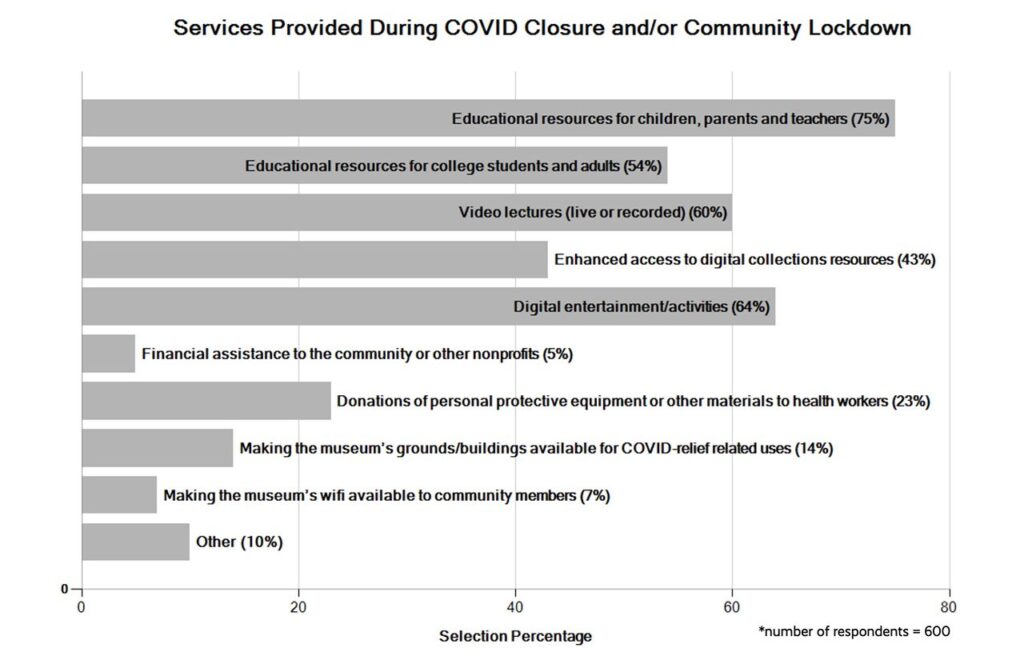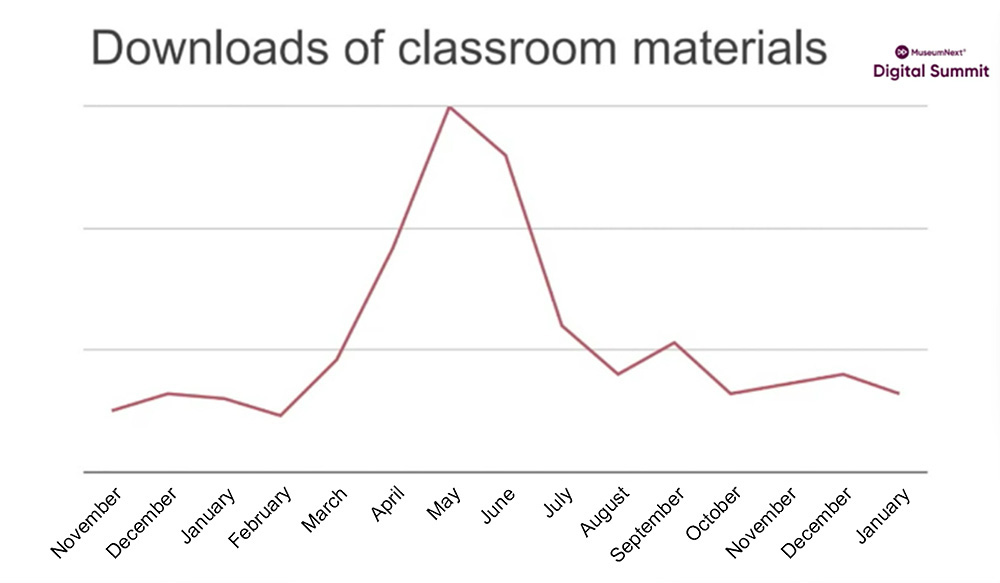After a year of seismic change for global cultural stakeholders, MuseumNext’s Digital Summit convened to assess how organizations pivoted and formed new strategies. The week-long event (February 22 to 26) welcomed more than 60 speakers to share experiences and learnings from 2020.
As the Digital Summit’s official media partner, Jing Culture & Commerce presents key findings from select sessions. Find more of our coverage here.
Session: “To Achieve Scale and Impact, Think Like a Product Developer”
Hosts: Lisa Bernstein and Posie Wood, Doctrina Education Consulting LLC
Founded by former educators, Doctrina Education Consulting helps museums create smart educational resources that consider student needs and the real-world constraints on teachers. When done well, resources overcome gaps in background knowledge and build trust with communities for whom museums have long been “not only exclusive, but exclusionary,” says Lisa Bernstein, noting the vital need to “offer more equitable educational opportunities.”

American Alliance of Museum’s survey of COVID-19’s impact on U.S. museums revealed that offering educational resources was a priority for a majority of respondents. Image: American Alliance of Museums
At present, many museums create resources that are “too long, one size-fits-all, and aimed at teaching the teachers,” says Posie Wood. “Even the best are often hard to find and hard to use.” The industry-wide habit of creating educational materials around new exhibitions or specific software tools is misguided, she adds; instead, Doctrina suggests thinking like product managers and creating resources that are valuable to customers and viable to business. It’s a process that begins with three questions:
- “Who are our users?”
Consider building detailed student and teacher personas to design resources with a less abstract audience mind. - “What problems are our users trying to solve?”
Shift the starting point away from the museum’s resources and begin by understanding teacher and student needs. - “What will delight our users?”
Delight occurs, Bernstein believes, when something reduces friction at the right time; a delightful product will lure people back for more.

According to Doctrina, downloads of educational materials peaked in April and May last year, but have since tapered off, necessitating better resources that meet the specific needs of teachers and students. Image: Doctrina Education Consulting at MuseumNext Digital Summit
Key Quote: “You are creating products for the education market. The bandwidth of teachers is low but their needs are many; we suggest thinking like product managers.”
Pro Tip: Frequent teacher input is key. Create resources in conversation with a broad range of teachers (consider educators in residence) and iterate the process to create a feedback loop.



